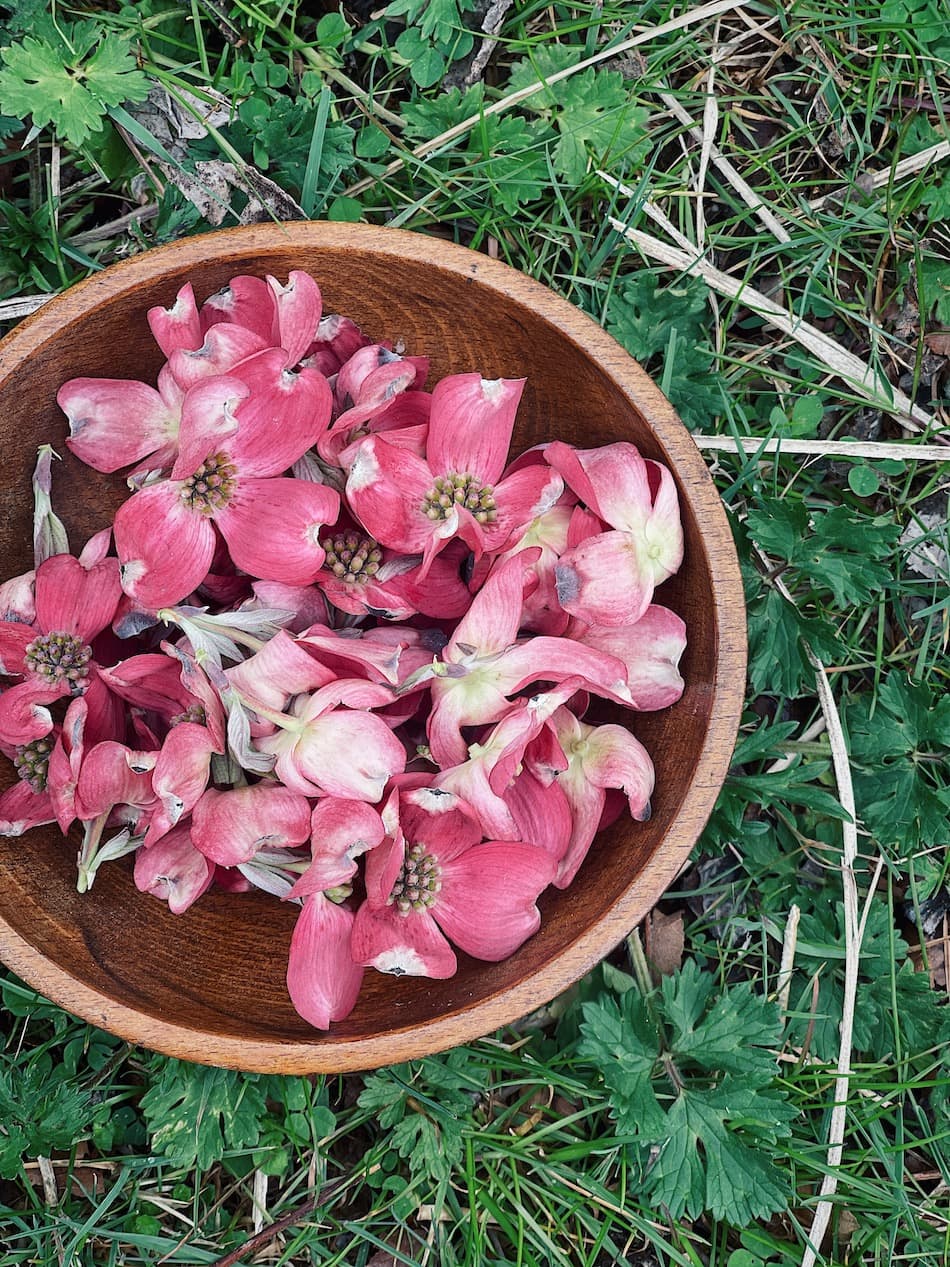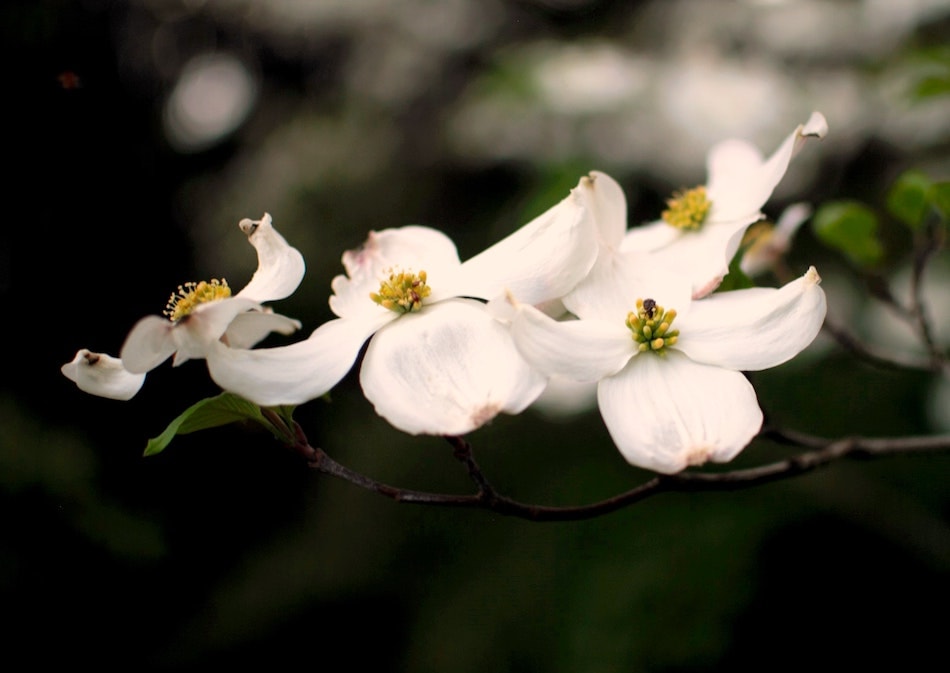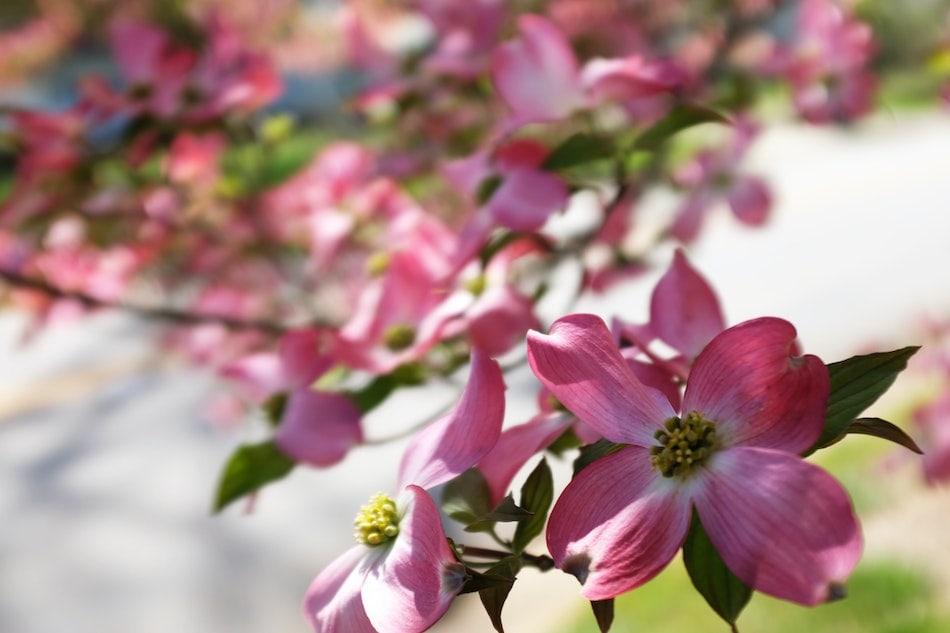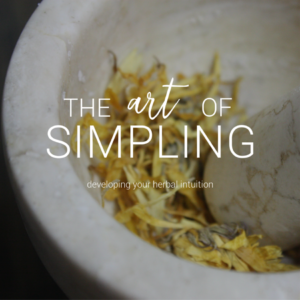
Have you ever heard an herbalist say strange things such as:
- “Sit with the plants and let them teach you.”
- “Learn from the plants themselves.”
- “Plants are your teachers.”
- “Listen to the plants. What are they saying to you?”
So on and so forth?
I know I sure have, and honestly, when I was new to the wild and wonderful world of herbs, those sayings sounded like a bunch of woo-woo expressions to me!
But here I am, years later, and now I’m saying these exact things to you, only with a bit less hippy-dippy lingo. The reason is that I now understand what these herbalists meant when they said these things all those years ago, and there’s a lot of truth to them.
Stay with me for a moment and let me explain.
I recently came across a fellow Tennessee herbalist sharing how she uses dogwood trees for their various therapeutic properties, and it intrigued me. While I’ve been familiar with dogwoods for most of my life, I’ve never considered the benefits this tree could offer me as an herbalist. Because this plant is new to me in this regard, I decided that this was the perfect time for me to learn directly from this plant.
Today I want to share three main ways I’m learning directly from dogwood and how you can do the same thing with any herb of your choosing – no books required!

First Things First: Safety
Now, before I begin learning directly from any plant, I always do three things first, and these things do require some books or online research.
- First, I make sure to positively identified the plant I want to get to know.
- Next, I look up safety information on the plant to ensure it’s safe to use internally and not contraindicated in my situation.
- Finally, I harvest some fresh plant material and test myself for allergies.
If my plant passes all three of these “tests,” I then move on to learning directly from it.
Plants As Teachers
The first way I learn directly from a plant is by taking notice of the habitat and location in which the plant is growing. Does it grow in the sun or shade? Is the soil likely alkaline or acidic? Does it grow in dry, disturbed, depleted soil, or does it like moist, rich, nourished soil? What plants grow around it? What insects and animals frequent this plant? These things can all help tell the whole story of a plant and give you clues about how it can be helpful.
For example, plants that grow in sunny locations will most often need to be harvested before mid-day when the sun’s rays are the strongest to avoid losing too many volatile oils from the plant. How do you know if a plant is high in volatile oils? Besides smelling it, you can watch to see if insects frequently visit it, mainly insects that love sweet-smelling plants.
The second way I learn directly from a plant is by drawing it or taking detailed pictures of it throughout the year to get a complete image of its life cycle. Capturing a plant in this way helps me learn its features and characteristics, both of which can reveal a lot about the plant, from its plant family and plant cousins, as I call them, to the parts I can use and even possible uses it may have.
You can see an example of this in a plant with a square stem. A square plant stem can indicate that it may be a part of the mint family. If it is, you will know to be careful when transplanting it to your garden or yard because there’s a good chance it will spread like crazy!

The final way I like to learn directly from a plant is by tasting various plant parts, such as flowers, leaves, berries, seeds, bark, or root. The taste of a plant can tell a lot about the chemicals it contains and its resulting herbal actions and energetics. When tasting each plant part, I pay attention to its flavor and how it makes my mouth feel in the moment as well as 30-60 minutes after using it. It’s best to taste each plant part separately and note your observations one at a time. I like to taste one plant part each day, so I don’t get their properties muddled.
Dogwood offers an example of learning from plants in this way. When tasting dogwood bracts (often referred to as the flowers), they leave a light, sweet floral flavor in your mouth, indicating the presence of some volatile oils, which are often associated with relaxing the nerves and mind. On the other hand, when the actual dogwood flowers (the yellow centers) develop into seeds in the autumn, the seeds are quite bitter. You can use them to make digestive bitters to stimulate digestion when used in small amounts before eating.
So there you have it, friend – 3 primary ways to learn directly from plants themselves! I’m sure there are more, and you can even break these up a bit further if you want.
If learning directly from plants sounds like something you would like to learn to do, let me invite you to join me in my online herbal course, The Art of Simpling!
This course will walk you through the ancient herbal technique known as “simpling” so you can learn directly from the plants and other herbalists who’ve gone before you!
The Art of Simpling Online Herbalism Course

Imagine having such a close relationship with an herb that you could instantly recognize it, know how to use it, and confidently enjoy its gifts. “Simpling” offers that opportunity and more.
The Art of Simpling is a six-week online herbalism course that is exclusively available once per year. During this herbal immersion, we’ll explore the art and science of “simpling,” an ancient practice that involves dedicating your studies to one herb at a time in order to form a deep relationship with the plant and become intimately familiar with its uses, properties, energetics, history, and more.
While there are many ways to learn about herbs, “simpling” just so happens to be one of my favorite techniques. In this online herbalism course, I’ll share my own personal way of practicing this particular herbal practice using a mix of traditional art with some modern science thrown in as well.
By the end of this Art of Simpling course, you will have studied one plant in-depth, created an herbal monograph for future referencing, made several herbal preparations using your plant, learned how it can assist you in different situations, and ultimately, developed an intuition that will go call this plant back to you time and time again in the years to come.
The 2022 session of The Art of Simpling is now open for registration. Whether you are a family herbalist or a community herbalist, if you want to take your herbal knowledge to the next level, I hope you’ll join me in this year’s class.
Love and light,
Meagan